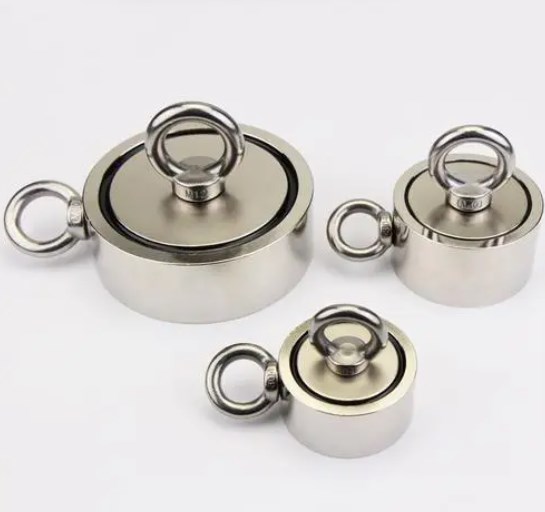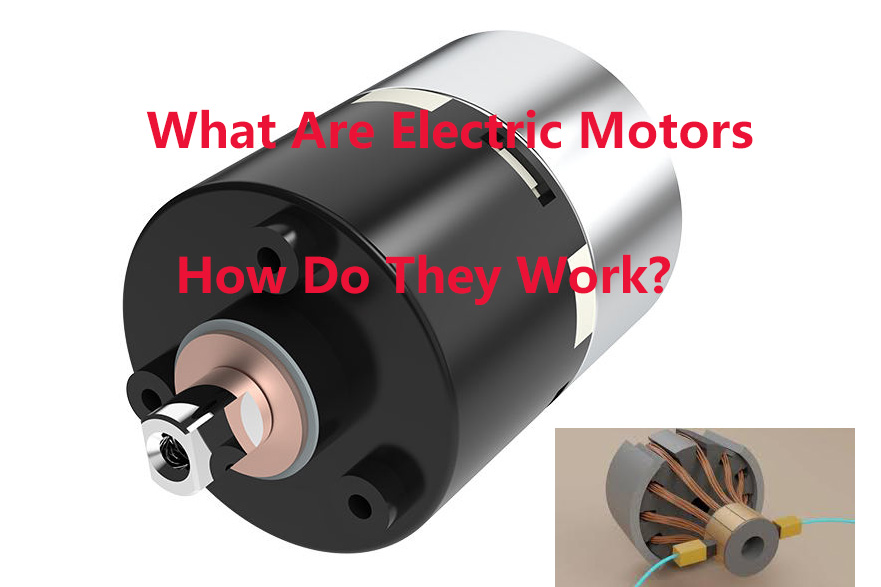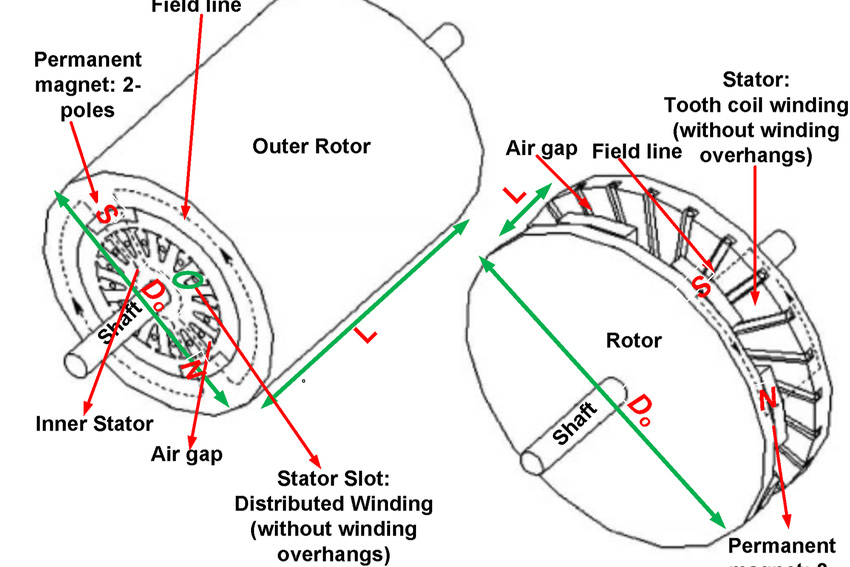PM Motors Outperform Induction Motors
Induction motors are the most common type of AC motors (about 80% of all motors) used today in industrial applications due to their simplicity, rugged construction, and relatively low manufacturing cost. However, the fuel efficiency of this type of motor is still not sufficiently high. Scientists and experts have tried for many years to improve energy efficiency only finding that their efficiency has reached a point of diminishing return. Therefore, people are seeking alternative forms of motor, among which is the PM type.
Materials for PM Motors
Permanent motor materials can be any of the following: •NdFeB: Neodymium-Iron-Boron •SmCo: Samarium-Cobalt •Alnico: Aluminum-Nickel-Cobalt •Fe3O4 •Ceramic/Ferrite
Operating Principle for PM Motors
Instead of applying a field winding on the stator frame, a permanent magnet motor relies on a permanent magnet to provide the magnetic field against which the rotor field interacts to produce torque. To minimize overall weight and size while ensuring energy efficiency, a permanent magnet motor can apply Neodymium or other strategic materials with high flux density and energy product. Electric machines with high-energy permanent magnets are at least competitive with all optimally designed singly fed synchronous and induction electric machines.
Advantages and Wide Applications of PM Motors
Permanent magnet motors have yielded multiple advantages over induction ones and are gaining everyday wider applications. You can have a better knowledge of this aspect at Permanent Magnetic Synchronous Motors-Development, Advantages and Challenges.















